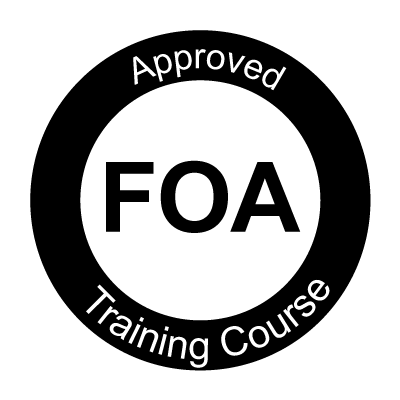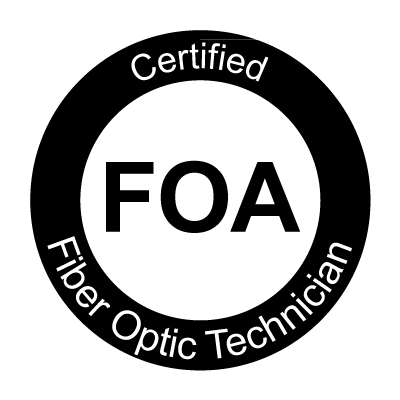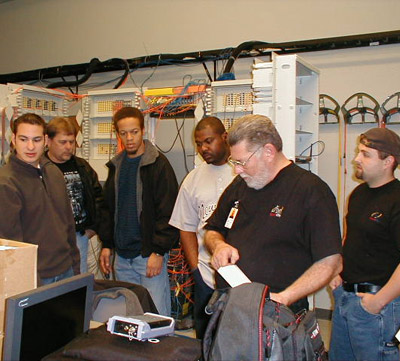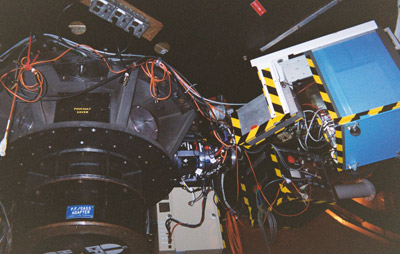Hands On Fiber Optics, Construction, Splicing and Testing
-
Lesson 1: Fiber Optics, The Basics
This section covers the theory of fiber optics, attenuation profiles, electromagnetic spectrum positioning, refraction, reflection, transmission, attenuation, etc.
-
Lesson 2: The Components used in Fiber Optics
This section defines and explains all components used in fiber optic systems, such as cabling, connectors, patch panels, lasers, detectors, splitters, attenuators, etc.
-
Lesson 3: Fiber Optics Network Design
This section describes the various architectures used in fiber optic systems, such as rings or point-to-point. It also discusses the engineering behind link loss estimation and budgets, the relationship between transmitter output and receiver sensitivity, and what it takes to guarantee utilization.
-
Lesson 4: Fiber Optic Connectorizing and Splicing
This section covers the alternatives to terminating fiber cable, and how a network is actually constructed. Extensive hands-on workshops are provided to instruct students on connectorizing, as well as mechanical and fusion splicing.
-
Lesson 5: Fiber Optic Testing and Troubleshooting
This section explains the means of testing fiber optic networks using a variety of test tools, such as light sources, power meters, optical time domain reflectometers (OTDR), as well as accessories that are useful in troubleshooting such as fiber optic talk sets.
-
Lesson 6: Building Codes & Regulations, Installation Considerations and Practices
This section describes the various NEC, UL, and other industry standard codes and regulations regarding the installation of fiber optic cabling and networks. It also provides insight into installation practices for fiber optic cables and networks.
-
Lesson 7: Reference Information and Important Data
This is a section of key data, conversion tables, and other data gathered over the years from field work and accumulated experience.




